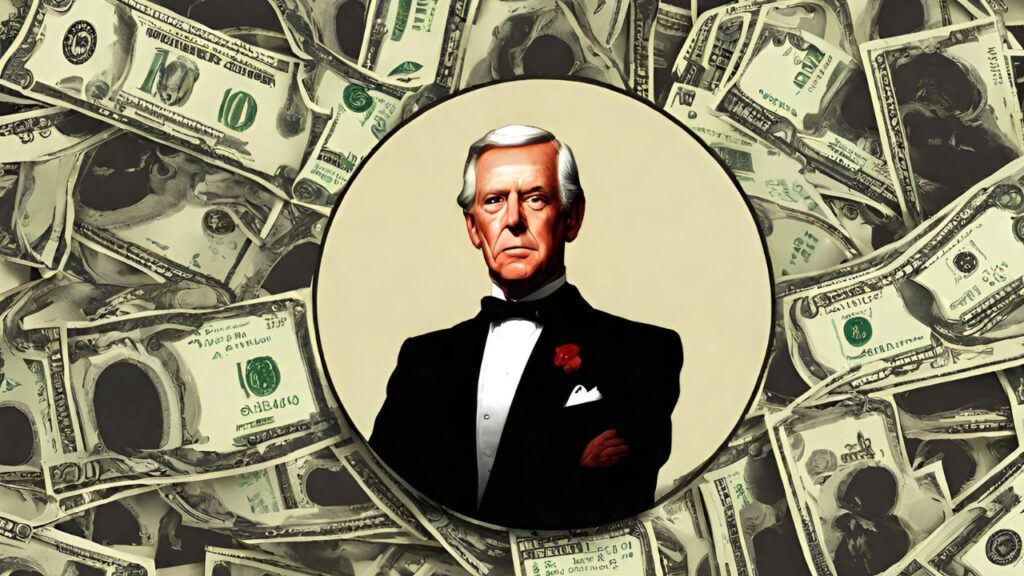
For generations, the American dream promised a life of upward mobility, fueled by the belief that hard work and perseverance would pave the way to personal prosperity. However, this dream now faces a stark and unsettling reality: the American middle class is shrinking, its wealth eclipsed by the ever-growing fortunes of the ultra-rich.
Data from the Federal Reserve paints a sobering picture. The top 1% of American earners, the modern-day aristocracy, now control more wealth than the entire middle class combined. This is a dramatic shift from just three decades ago, when the middle class stood tall as the backbone of American wealth, commanding twice the resources of the elite few.
This dramatic redistribution of wealth has not occurred in a vacuum. Several factors have fueled this trend, widening the chasm between the haves and have-nots:
Income Inequality on the Rise: The gap between the incomes of the rich and the poor has been steadily widening for decades. This is due in part to globalization, which has shifted jobs to countries with lower labor costs, and automation, which has replaced human workers with machines. Additionally, tax policies that favor the wealthy have further exacerbated this inequality.
Stagnant Wages and a Shrinking Middle Class: While the cost of living continues to climb, wages for middle-class workers have remained stagnant. This has made it increasingly difficult for them to build wealth and maintain their standard of living. As a result, the American middle class is shrinking, further concentrating wealth in the hands of a select few.
The Power of Assets: The wealthy have capitalized on the recent economic boom, investing their fortunes in assets like stocks and real estate. These assets have seen significant appreciation, further boosting the wealth of the elite. In contrast, the middle class, with fewer resources to invest, has been left behind in this economic game of chance.
The consequences of this growing wealth divide are deeply concerning. It restricts social mobility, limiting opportunities for those born into less fortunate circumstances. It also undermines economic growth, as the vast majority of wealth remains concentrated in the hands of a small group who are less likely to spend or invest it back into the economy. Moreover, it erodes public trust in institutions, as people perceive a system rigged against them and in favor of the wealthy.
These are not merely economic concerns; they are also social and political ones. A society with an extreme wealth gap breeds resentment, distrust, and instability. It gives rise to a system where the wealthy have an outsized influence on policy decisions, further entrenching their own advantages and perpetuating the cycle of inequality.
Addressing the widening wealth gap is not simply an economic necessity; it is a moral imperative. We must work towards building a more just and equitable society where the American dream remains a possibility for all. Several potential solutions demand our attention:
Progressive Taxation: Implementing a more progressive tax system that asks the wealthy to contribute their fair share can generate revenue for programs that benefit the middle class and poor, such as education, healthcare, and infrastructure.
Raising the Minimum Wage: A living minimum wage would provide much-needed financial stability for low-wage workers, allowing them to save, invest, and participate more fully in the economy.
Investing in Education and Training: Providing affordable access to quality education and training equips individuals with the skills needed to thrive in the modern economy, promoting upward mobility and reducing inequality.
Strengthening Regulations: Implementing and enforcing regulations in areas like the financial sector and corporate governance can prevent abuses that contribute to wealth inequality.
The decisions we make today will determine the future of the American dream. By working together and implementing policies that promote economic fairness and shared prosperity, we can ensure that the American dream is not reserved for a select few, but a reality for all. The time for action is now. The future of our nation depends on it.

